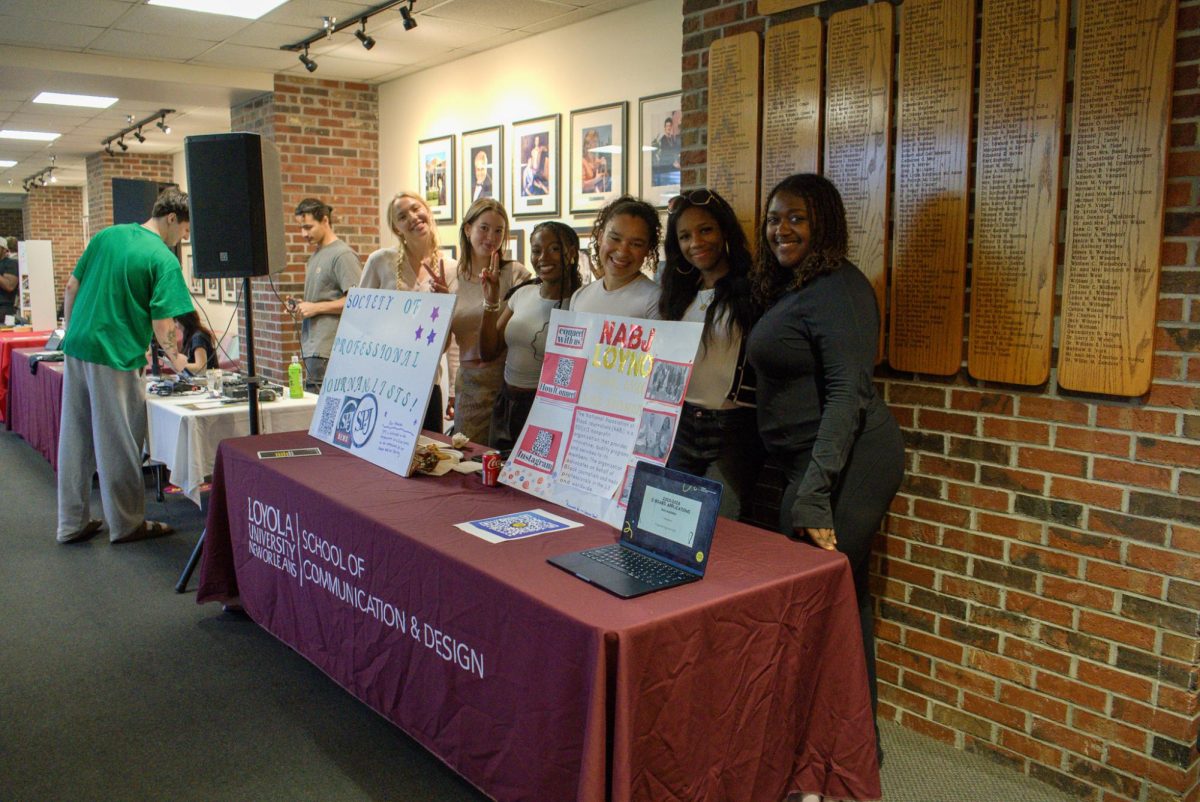When I signed up for the Gender, Sexuality and Identity in Sub-Saharan Africa class last fall, I had many expectations: I expected some tough material to handle emotionally, some political disagreement among classmates, some confusion over the enormous challenges facing the continent. What I did not expect, though, was the challenging assignment of living on only $2 a day for food.
The parameters of the assignment were simple: no coffee, no sugar, no alcohol, no fast food, no meal plan and no donations from other people, and all the food consumed in the day could not exceed $2. It lasted from Sunday night at 10:30 p.m. until our Wednesday class at 1:30 p.m.
Millions of people in the world live on less than $2 a day for everything – not just food. The UN World Food Programme reports that 65 percent of the world’s hungry live in only seven countries, two of which are Ethiopia and the Democratic Republic of Congo. The purpose of our challenge was to get the tiniest of tastes of what it feels like to go to bed hungry, to wake up hungry, to feel malnourished and experience the physical, mental and emotional effects of malnutritious or not enough food.
My strategy was simple. I had four staples in mind: beans, rice, bread and peanut butter. I managed to buy all for $5.32 at Wal-Mart, and in the hours leading up to the beginning of the challenge, I felt that I had already won. I had plenty of food to last three days. I almost felt a little guilty, like I had cheated the system, because there was no way I would feel hungry.
I was actually right about that. I never really felt hungry. I did, on the other hand, feel disgusting. The influx of carbohydrates and starches coupled with the sudden absence of fresh fruits, vegetables, and overall variety left me feeling sluggish and bloated and cranky.
In class we touched on the concept of starving on a full stomach. My very short experience of eating on $2 a day has opened my eyes to the idea. Of course, there are millions of people who are legitimately hungry. However, it seems plausible that there are probably also millions more who may be full, but have huge nutritional gaps in their diets because of their financial poverty. I wasn’t hungry, but I certainly didn’t feel very healthy.
Trying to figure out in three days the plight of billions of people around the world is impossible, and I know that being a little grumpy for a few days is nothing even remotely close to how it feels to live in poverty. Hungry or not, I still had a warm bed and clean water, not to mention the freedom to choose whether I wanted to stick to the assignment.
What I did gain from the assignment is a respect for the fact that, try as we might in America to pretend it isn’t, suffering is real in every corner of the globe. At 1:30 p.m. on Wednesday, I got to eat whatever I wanted. For the millions who face this challenge as a necessity, though, there is no choice.
I would encourage all of my friends who find themselves out of touch with the suffering of the masses to give this assignment a try and see how, in just a few short days, you can begin to understand how very lucky we actually are.
Melanie Ziems can be reached at [email protected]








